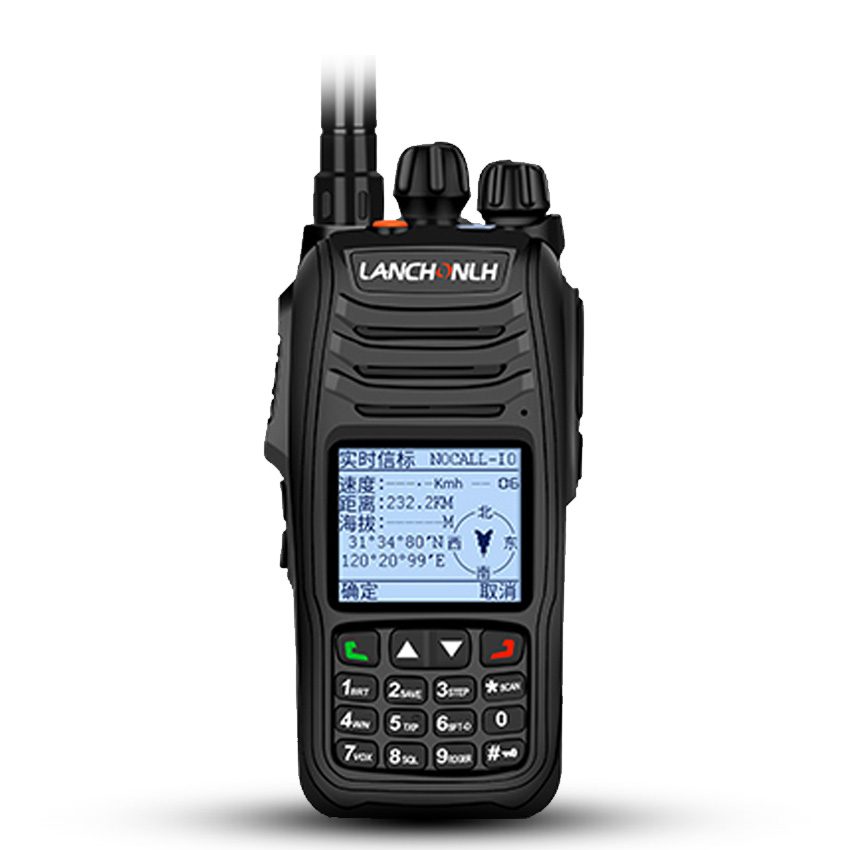Features of Explosion-Proof Walkie-Talkies
2024-07-09
An explosion-proof walkie-talkie, also known as an intrinsically safe walkie-talkie, is designed to be used in environments where there is a risk of explosive gases or vapors. These devices are crucial in industries such as oil and gas, chemical processing, mining, and manufacturing, where safety is paramount. Here’s an overview of their features and applications:
Features of Explosion-Proof Walkie-Talkies
1. Intrinsically Safe Design:
- Certification: Certified to meet international standards (e.g., ATEX in Europe, UL in North America) for intrinsic safety, ensuring they do not produce sparks or heat that could ignite flammable atmospheres.
- Construction: Robust and durable casing that resists impact and is sealed to prevent the entry of explosive gases.
2. Communication Capabilities:
- Range and Coverage: Provides reliable communication over a specified range, suitable for both indoor and outdoor environments.
- Channels and Frequencies: Supports multiple channels and frequencies for communication flexibility and interference reduction.
3. Battery Life and Power Management:
- Long Battery Life: Efficient power management to maximize battery life, crucial for extended shifts in remote or hazardous locations.
- Battery Options: Some models offer rechargeable batteries or compatibility with standard battery types for convenience.
4. Ease of Use:
- User Interface: Intuitive controls and ergonomic design for ease of operation, especially in challenging conditions or while wearing personal protective equipment (PPE).
5. Durability and Resistance:
- Waterproof and Dustproof: Designed to withstand harsh environmental conditions, including water, dust, and extreme temperatures.
- Shock Resistance: Resilient against drops and impacts, ensuring reliability in rugged industrial settings.
Applications
1. Oil and Gas Industry:
- Used in refineries, drilling operations, and petrochemical plants where explosive gases and vapors are present.
2. Chemical Processing:
- Essential for communication among workers handling volatile chemicals and substances.
3. Mining and Extraction:
- Provides reliable communication in underground mines and quarry operations where explosive dust and gases may accumulate.
4. Manufacturing and Warehousing:
- Ensures communication in facilities where flammable materials are stored or processed, such as paint shops or solvent storage areas.
5. Emergency Response and Public Safety:
- Used by fire departments, hazardous materials (hazmat) teams, and emergency responders to coordinate operations safely in potentially explosive atmospheres.
Considerations
1. Regulatory Compliance: Ensure the walkie-talkie meets local and international safety standards for intrinsically safe equipment in hazardous locations.
2. Environmental Conditions: Choose a model that can withstand the specific environmental challenges (e.g., temperature, humidity, vibration) of your industry.
3. Interoperability: Consider compatibility with existing communication systems or the ability to integrate with other devices for seamless communication.
Conclusion
Explosion-proof walkie-talkies play a critical role in ensuring safe and efficient communication in hazardous environments where explosive gases or vapors may be present. Their intrinsically safe design and robust construction make them indispensable tools for industries prioritizing safety and compliance with stringent regulations.



